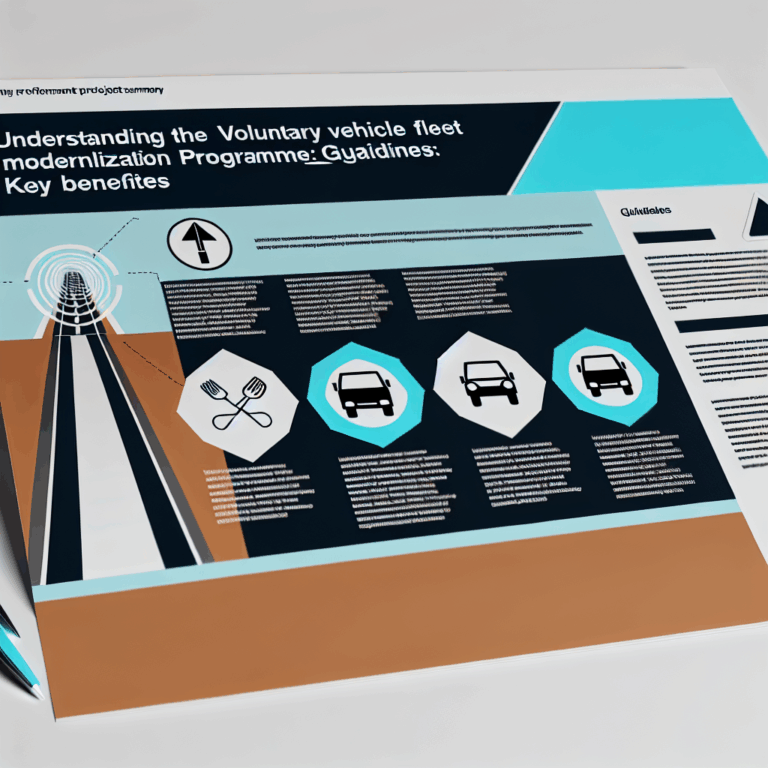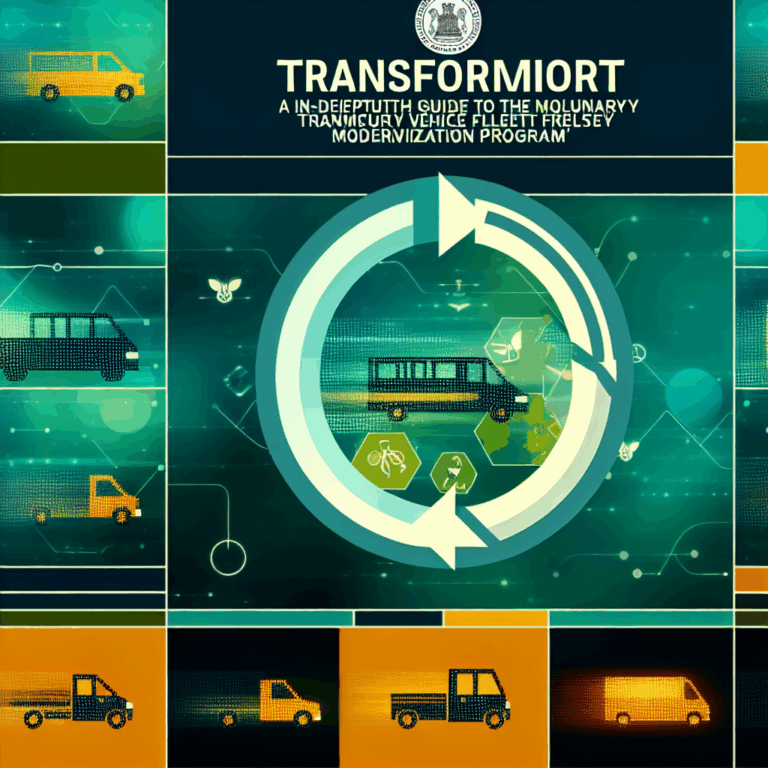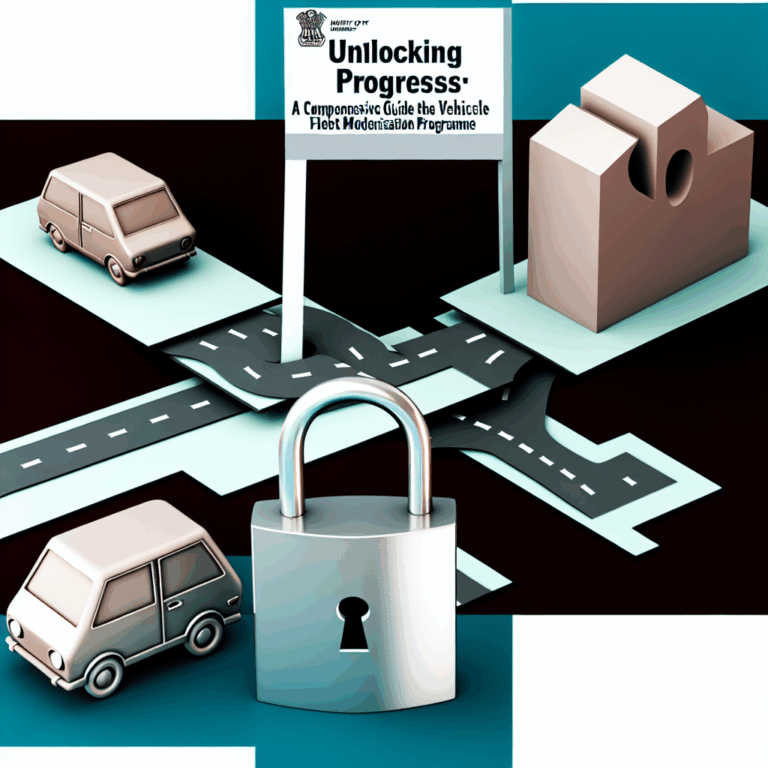Copyright @ 2023 www.digimitr.com. All rights reserved.

Understanding the Food and Public Distribution System: Key Government Schemes Ensuring Food Security for All
Explore the details of the government scheme titled “Understanding the Food and Public Distribution System: Key Government Schemes Ensuring Food Security for All”. This initiative is overseen by the relevant ministry and aims on delivering benefits to eligible beneficiaries.
Here is a comprehensive overview:
Introduction
The Food and Public Distribution System (FPDS) in India is a crucial network aimed at ensuring food security for the nation’s diverse population. Established to provide citizens with affordable access to essential commodities, this system plays a pivotal role in combating hunger and poverty. Through various government schemes, the FPDS guarantees that the most vulnerable sections of society receive necessary nutrition, enabling them to lead healthier and more productive lives. This article will delve into the intricacies of the FPDS, outlining its eligibility criteria, key features, application processes, funding mechanisms, achievements, challenges, and recent developments.
Eligibility Criteria
To avail of food security benefits under the FPDS, individuals and families need to meet certain eligibility criteria. The basis for determining eligibility largely revolves around income levels, family size, and socio-economic status. The government categorizes households into two primary groups: Below Poverty Line (BPL) and Above Poverty Line (APL). BPL households generally receive greater benefits due to their financial constraints. Additionally, other vulnerable groups like Scheduled Castes, Scheduled Tribes, and persons with disabilities are prioritized in accessing food rations. Ultimately, state governments may introduce additional criteria tailored to local contexts, ensuring a more comprehensive reach to those in need.
Key Features and Benefits
The FPDS comprises several key schemes designed to enhance food security across the country. The National Food Security Act (NFSA) is one of the principal frameworks guiding these initiatives, with its primary objective being to provide subsidized food grains to the eligible population. Under this act, beneficiaries are entitled to receive up to 5 kilograms of food grains per person per month at a nominal cost through the Public Distribution System (PDS).
Other significant schemes include the Mid-Day Meal Scheme, which ensures that children receive nutritious meals in schools, and the Integrated Child Development Services (ICDS), targeting the nutritional needs of mothers and children. These initiatives not only promote food security but also aim to bolster education and health outcomes in low-income families. By providing various types of rations, including cereals, pulses, and sugar, the FPDS contributes significantly to poverty alleviation by ensuring that no one goes hungry.
Application Process
The application process for accessing FPDS benefits involves several steps designed to be transparent and accessible. Generally, individuals need to submit a formal application to their local Public Distribution System (PDS) office or state government website. This application may require documentation such as proof of income, identity verification, and any additional forms that validate a household’s eligibility status.
Once the application is submitted, local authorities conduct verification, which may involve community visits and validation of documents. After this verification process, eligible households are issued a ration card, enabling them to procure food grains at the subsidized rates. This systematic approach helps to minimize fraud and ensures that benefits reach genuine beneficiaries while conducting regular audits and improvements in the distribution process to make it more efficient.
Funding and Budget
The funding for FPDS is primarily sourced from the Government of India, with states contributing to the operational costs based on their specific requirements. The budget allocated for food security has seen a significant increase over the years, reflecting the government’s commitment to combating hunger and malnutrition. The allocation covers various expenses, including the procurement of food grains, transportation, storage, and distribution costs.
During official budget announcements, the Finance Minister lays out the financial framework underpinning these schemes, ensuring that the fiscal strategies align with national objectives. Effective funding has allowed the FPDS to not only expand its reach but also enhance its operational efficiency, ultimately leading to better service delivery to the populace. The allocation aims to provide a safety net for the most vulnerable citizens, thereby making a meaningful impact on their lives.
Achievements or Impact
The FPDS has made remarkable strides in ensuring food security in India. Reports indicate that millions of families have directly benefited from the subsidized food grains program, helping elevate living standards and reducing starvation levels drastically. The implementation of the NFSA represents a significant shift toward recognizing food as a fundamental right, thereby committing the government to addressing food insecurity comprehensively.
Additionally, initiatives like the Mid-Day Meal Scheme have positively influenced school enrollment and attendance among children, correlating with improved academic performance. Health metrics have also improved, showcasing a decrease in malnutrition rates among vulnerable populations. The success of the FPDS resonates globally, serving as a model for integrated hunger alleviation strategies. However, continuous evaluation and revision are crucial to maintain its effectiveness and expand its outreach.
Challenges
Despite its numerous successes, the FPDS faces several challenges that impede its efficiency. Issues like corruption and mismanagement in the distribution chain can lead to food grains not reaching the intended beneficiaries. Additionally, some states struggle with inadequate infrastructure, limiting their ability to transport and store food efficiently.
Moreover, there are concerns regarding the nutritional quality of the food being distributed. While access to food grains is essential, it is equally important to ensure that these food items meet the requisite nutritional standards. Strategies to combat these issues increasingly focus on technology-driven solutions to enhance tracking, monitoring, and distribution. Initiatives incorporating real-time data analysis could significantly address these challenges and improve outcomes.
Recent Updates
In recent years, several updates have been introduced to enhance the FPDS further. The launch of the One Nation One Ration Card scheme aims to enable beneficiaries to access their rations from any PDS outlet in the country. This update is particularly beneficial for migrant workers who move across states in search of employment, making food more accessible and reducing bureaucratic hurdles.
Furthermore, the integration of technology into the PDS system, including biometric identification and digital ration cards, has streamlined processes and curbed instances of duplication and fraud. Efforts to increase transparency through mobile applications and digital tracking are also underway, ensuring greater accountability and service accessibility.
Conclusion
The Food and Public Distribution System stands as a testament to India’s commitment to achieving food security for all its citizens. Through intricate government schemes and robust frameworks, the FPDS addresses the urgent needs of vulnerable populations, ensuring that every individual has access to nutritious food. While challenges persist, recent updates and innovations reflect the government’s dedication to refining the system for better accessibility and efficiency. Moving forward, it is crucial to maintain momentum in enhancing public distribution channels and addressing emerging challenges, ultimately fostering a hunger-free nation.
FAQ
1. What is the National Food Security Act (NFSA)?
The National Food Security Act (NFSA) is a legislation enacted in India to provide subsidized food grains to eligible households under the Public Distribution System (PDS). It aims to ensure that every citizen has access to adequate nutrition at a fair price.
2. How can one apply for a ration card under the FPDS?
To apply for a ration card, individuals must submit an application to their local PDS office or state government website along with necessary documents that prove their eligibility, such as income proof and identity verification.
3. What recent innovations have been introduced to improve the FPDS?
Recent innovations include the One Nation One Ration Card scheme, which allows beneficiaries to access their rations from any outlet across the country. There is also an increased focus on technology, including biometric identification for better tracking and monitoring.
For more information, check out official government site,
Official government website or relevant source not provided.
Stay updated on related schemes and initiatives using hashtags: #Understanding #Food #Public #Distribution #System #Key #Government #Schemes #Ensuring #Food #Security
Share your thoughts about this scheme in the comments below!





